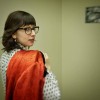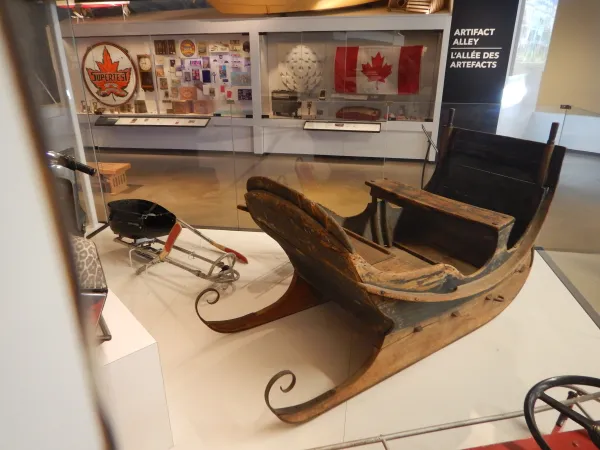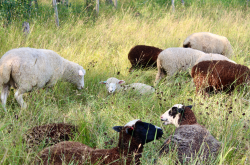Recovering the lost artifacts of ethnologist Marius Barbeau
You might not imagine that volunteer work at the Canada Agriculture and Food Museum would involve unravelling a mystery. But in truth, it can!

Marius Barbeau, about 1930.
First of all, let me explain how it all got started. Six months ago, I began assisting curator William Knight to research the provenance of agriculture-related artifacts. Immediately, I was handed a mystery to solve that involved a list of artifacts all purportedly collected by a single man, Canadian ethnologist and folklorist Marius Barbeau (1883-1969). Barbeau is considered a founder of Canadian anthropology: he specialized in Indigenous and Québécois cultures and amassed large collections for Canada’s National Museum (now the Canadian Museum of History) where he worked from 1911 to 1949.
"This project has helped re-establish Marius Barbeau’s overlooked role in documenting Canada’s agricultural history".
In 1936, the federal Department of Agriculture commissioned Barbeau to collect artifacts for a new museum on the Central Experimental Farm in Ottawa, the site of the current Canada Agriculture and Food Museum. Among other objects, Barbeau collected some 500 artifacts, mostly related to agriculture and domestic life, from the rural residents of Île d'Orléans, an agricultural community near Québec City.
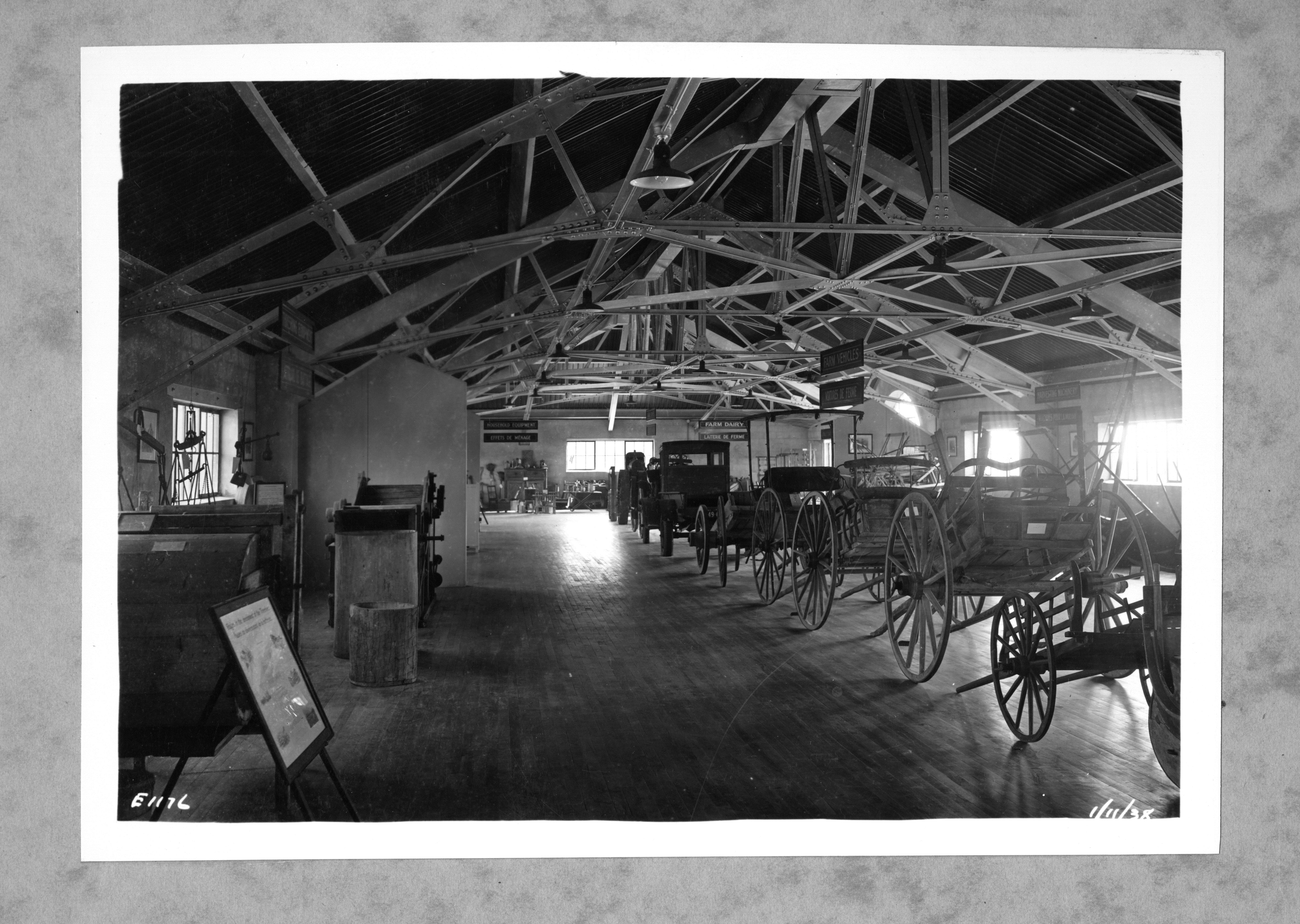
The Department of Agriculture museum was established in 1920 on the Central Experimental Farm in Ottawa, the site of the current Canada Agriculture and Food Museum.
I was given the enormous task of identifying these objects and, using records from the Canadian Museum of History, to re-establish their connection to Barbeau and their provenance. From the initial list of 500 I managed to positively identify 13 artifacts, which begged the question: what happened to these artifacts between 1936 and the present day?
After the first Department of Agriculture museum closed sometime in the mid-1960s, the collection was transferred to the National Museum. By 1967, the National Museum had been split into three separate museums: the Human History Museum (now the Canadian Museum of History), the Museum of Man (now the Canadian Museum of Nature), and the National Museum of Science and Technology (now part of Ingenium). But the transfer of the Barbeau collection from the National Museum had been done poorly. Important information about Barbeau — and from whom and where he had collected the artifacts — had been stripped from the artifact records. It became my job to re-connect these artifacts with Barbeau and re-establish their provenance, which Barbeau had carefully documented.

Tobacco Cutter, 1840-1936. Made from roughly-hewn planks, this tobacco cutter was used to cut up dried tobacco leaves into finer portions. It was collected by Marius Barbeau in the summer of 1936 from Mr. Joseph Aubin, L'Île-d'Orléans, Québec. Ingenium Museums artifact no. 1969.1145
I first looked through detailed correspondence from the archives of the Canadian Museum of History between Marius Barbeau and the museum’s director, curator, and treasurer. This correspondence included a complete list of items, along with descriptions, purchased by Barbeau. These descriptions were particularly helpful, and often gave tidbits of information that helped to clarify artifact provenance. I discovered, for example, that a handmade tobacco cutter (at right) obtained from Joseph Aubin of Île-d'Orléans was made by his grandfather Léon Aubin.
By comparing Barbeau’s original descriptions to the invoice of items transferred to the various museums in 1967, I narrowed down the list of potential items to 13 strong contenders, all of which were still in the Ingenium collection.

Winnowing Tray, 1840-1936. A farm labourer would use this tool by scooping up grain and tossing it into the air to separate the light chaff from the heavier grain kernels. Barbeau collected this one from Oscar Paquet on the Île-d'Orléans, Québec, in the summer of 1936. Ingenium Museums artifact no. 1969.1132
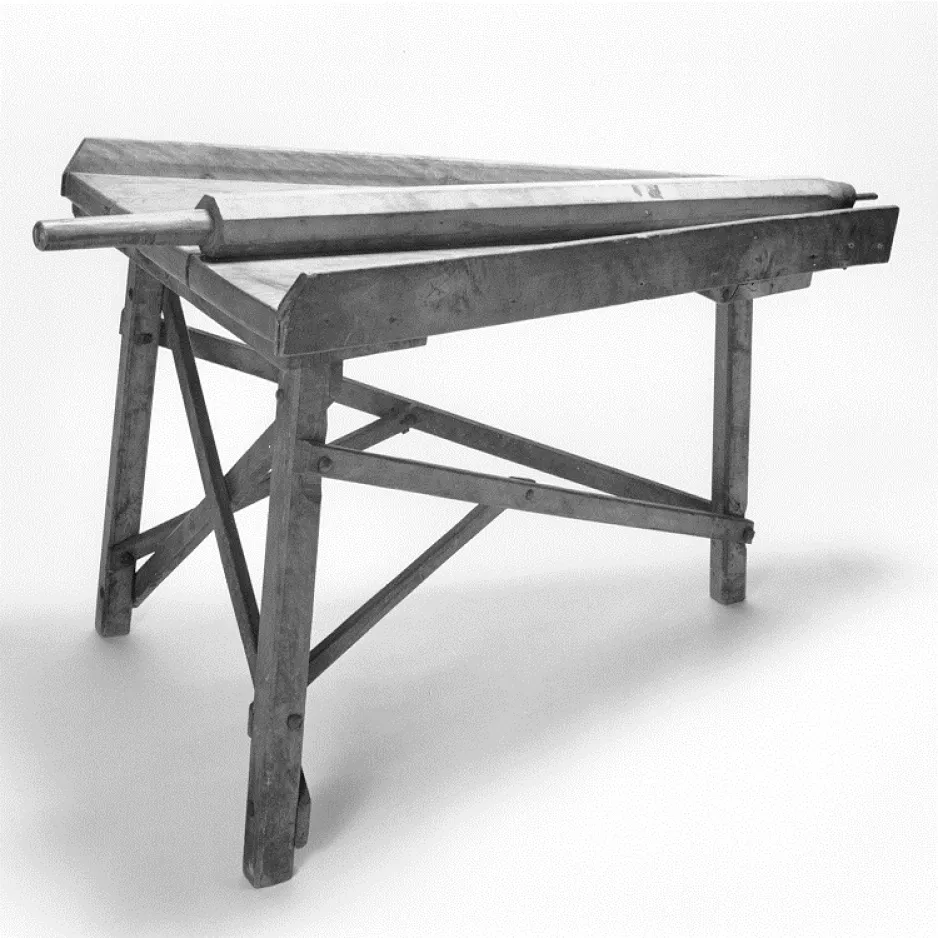
Butter Worker (table) and Roller, 1840-1936. Butter makers used this tool to finish the butter-making process: it removed buttermilk, mixed in salt, and produced a smooth and consistent product. Collected by Barbeau from Prosper Tailleur in the summer of 1936, St. Pierre, Île-d'Orléans, Québec. Ingenium Museums artifact no. 1969.1148
With the information I tracked down, the curator was able to update the catalogue records with previously lost information. This project also helped re-establish Marius Barbeau’s overlooked role in documenting Canada’s agricultural history.
As you might be aware, Ingenium — which comprises the Canada Agriculture and Food Museum, the Canada Science and Technology Museum, and the Canada Aviation and Space Museum — is undergoing one of its biggest transitions in decades. In 2017, the Canada Science and Technology Museum re-opened after a two-year renewal project; now Ingenium is completing a new Collections Conservation Centre that will consolidate the agriculture and science and technology collections under one roof. As part of this project, Ingenium curators are reviewing their collections, but in-depth research, such as with the Barbeau collection, can take a backseat to more urgent work. So it was a wonderful experience to help Dr. Knight pick up the slack and contribute to the collection review and improve the quality of artifact information. Not only do volunteers such as myself get an opportunity to make a significant impact on the museum’s collection, we even get to solve a mystery or two!
"Visit the Canada Science and Technology Museum to see the cariole collected by Marius Barbeau in 1936, on display in Artefact Alley."
Parting Shot

This photo of two children on an oxcart was taken by Marius Barbeau in Saint-Antonin, Québec, 1918.
Digging Deeper:
Marius Barbeau, Canadian Museum of History, A Glimpse of Canadian Culture 1883-1969.
Visit 'Marius Barbeau's Gramophone' to listen to early recordings of French-Canadian folksongs, Canadian Museum of History, A Glimpse of Canadian Culture 1883-1969.
Marius Barbeau, The Canadian Encyclopedia, R. Landry, D. Ménard, R.J. Preston
Acknowledgements:
Many thanks to Vincent Lafond and Benoît Thériault, Collections Information Specialists, Canadian Museum of History, to William Knight for his support, and Michel Labrecque for page layout.


